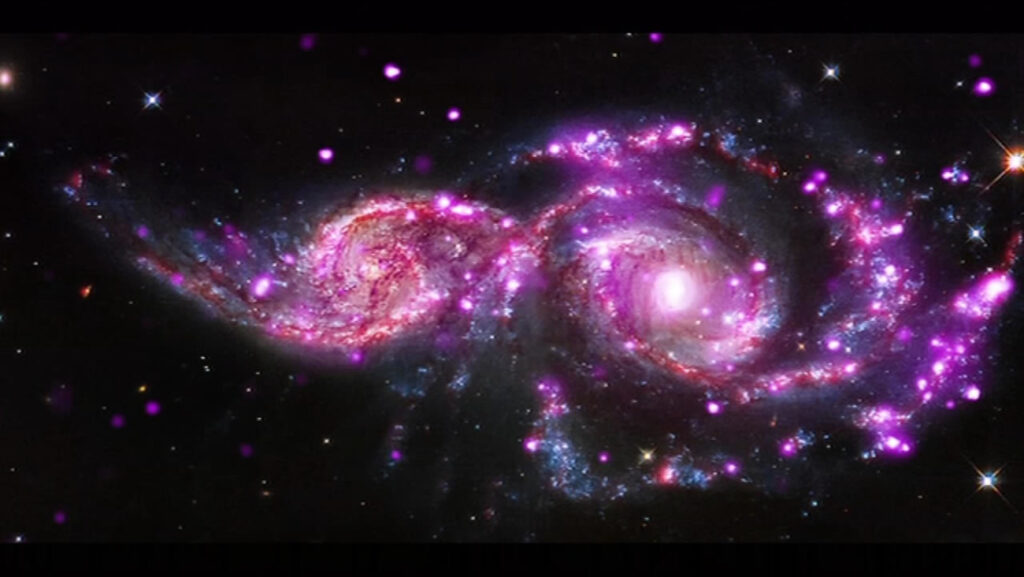
We generally divide reality into two orders: natural and human. Natural order is the reality which is beyond human origination and control: the patterns of the flow of seasons, dawn and sunset, tides, gravity, the myriad forms of plant and animal life that populate the earth, the arrangement of atoms, and so forth.
Human order is the reality we’ve created: patterns of manufactured material objects, industrial systems, institutions of control, political systems, cultural forms, tools of communication, and all the products of human imagination that manifest as conceptual and physical objects.
The reality that does not conform to either form of order we call chaos. Chaos, however, is yet another type of order, one so highly complex as to defy our ability to recognize and isolate any patterns. As our tools of observation have improved, what once appeared chaotic now exhibits order, and much of our so-called scientific progress has simply been the process of finding order in that which previously seemed chaotic.
Patterns of order, both natural and human, are then subject to our identification of laws. Laws are rules that govern behavior. In the natural order we’ve determined the laws of gravity, speed of light, thermodynamics, entropy, motion, evolution, cause and effect, polarity, relativity, and more. Laws govern behavior in the human order, too, all created to impose and maintain patterns of behavior. The vast human project of political and social control can be viewed as an effort to replicate patterns and impose them on an otherwise chaotic population. As we see, it ain’t easy.
As the natural law of entropy dictates, orderliness declines over time, including the orderly patterns we seek to sustain. The profound discovery of quantum mechanics – where events unfold outside of cause and effect, change with observation, and can only be anticipated as statistical probabilities – revealed the foundational ground of all realities. This quantum foundation underlying both natural and human order is mysteriously indeterminate and subject to creative imperatives of freedom that cannot be anticipated nor constrained. With a foundational reality like that, trying to impose any permanent order is ultimately impossible. Shit happens, man.
Nonetheless, we continue to insist that an orderly, determinative, reality exists, and at a human level it must at all costs be reinforced and maintained; accordingly, our world views reflect such attempts. The mechanistic style of hyper-rational scientism, for example, seeks to discover and impose increasingly rigid laws dictating human behavior; Artificial Intelligence may become the ultimate tool of enforcing human order. Recent authoritarian trends such as promoting “illiberal democracy” and increasing voter suppression reflect a world view obsessed with imposing a particular type of autocratic political system. Religious fundamentalism, a subset within the human order, similarly seeks the imposition of a moralistic social scheme through rigid laws limiting reproductive choice and gender expression.
The natural order, however, asserts itself; nature always wins. Climate change, extreme weather events, earthquakes, rising oceans, desertification, and other ecological pattern alterations dictate change in the human order; things feel more chaotic. This is what happens when worlds of order collide, and the same is true when world views collide.
We used to blame the gods for unanticipated happenings that disrupt anticipated patterns. Now we call these moments Black Swan events or accidents. Theoretical physicist David Bohm placed such events – hidden, enfolded patterns that only reveal themselves over the course of time – into what he called the implicate order. You want fries with that?